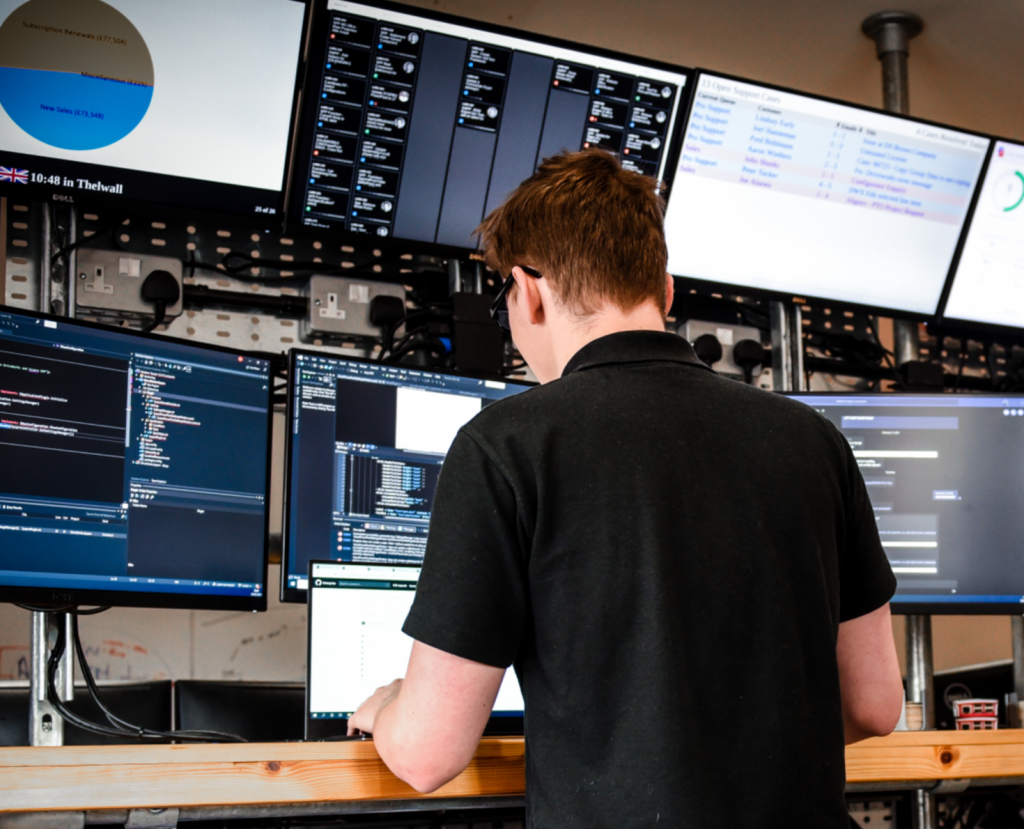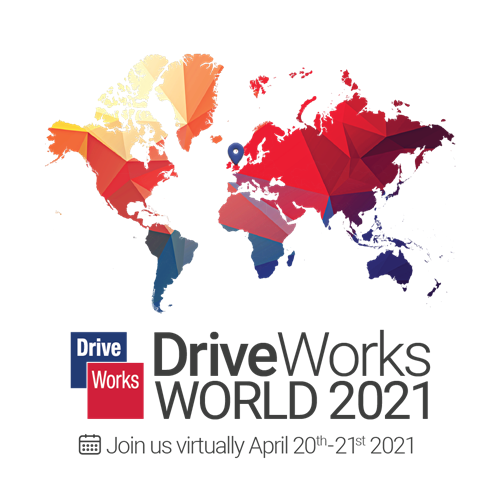
The ongoing global pandemic has sparked a huge push to digital.
In August 2020, we spoke about how COVID-19 has accelerated Digital Transformation. Noting that the pandemic has dramatically sped up digital transformation, with companies not only wanting to embrace digital but needing to in order stay agile, efficient and resilient.
Forbes reports that although in the early days of the pandemic manufacturers were hit hard with forced shutdowns, production slowdowns and serious questions about whether companies could navigate the disruptions. What did increase in 2020, was the speed of transformation.
Companies made swift moves towards Industry 4.0, or the ongoing automation of traditional manufacturing and industrial practices.
The pandemic has transformed the way we work, impacted every industry, and changed the direction of business strategies for many. Businesses are now looking at ways to work smarter, save money and survive.
But the pandemic has not slowed innovation – if anything, it has been amplified!
As organisations across all industries ready themselves for the next phase, Microsoft believes their focus will be on strengthening business resilience and agility, and at the heart of this will be the willingness to embrace new technology.
Advancing Technology and Innovation
Technology is always changing and improving. Things that were previously thought to be impossible are now being made possible at a very fast pace.
We have seen a shift where digital is a key part of every interaction.
Emerging technologies are reimagining how we organise, operate, and strategise.
Cox Blue state ‘the rate at which technology trends evolve can be daunting for any business owner. It seems at times, that almost as quickly as a company adopts new technology, it’s outdated, or a new version or product has already launched to take its place.’
Technology is advancing at a rate never seen before.
We are frequently seeing new innovative trends that are helping us work more efficiently, communicate with consumers and seize new opportunities.

As Medium suggests, with new trends constantly emerging, keeping up to date can be tricky for anyone. But staying on top of the new technologies shaping your industry is essential for driving innovation, accomplishing business goals, and remaining competitive.
“Staying current with technology will prepare your business for changing consumer demands and expectations. Keeping up with these trends will increase your relevancy and customer appeal, which will set you apart from the competition.” – Cox Blue.

The Importance of Keeping Up with Technology
“Technology will continue to advance and customers will find new and exciting ways to use it”, Axis Technical group notes.
It is crucial for businesses to follow new emerging tech trends, understand them and take advantage of them in order to succeed.
In today’s rapidly transforming business world that is driven by digital, there can be major consequences for businesses that fail to move with the times. There are many examples of this to name just a couple.
Eastman Kodak were once the world’s biggest film company. It was a Kodak electrical engineer who invented the first digital camera in 1975. Kodak held back from developing digital cameras for the mass market for fear of eradicating its all-important film business. Kodak filed for bankruptcy in 2012. Later re-emerging as a smaller company in 2013. With the management of Kodak so focused on the success of film, they missed the opportunity of this digital revolution that would change the photography industry.
Another example, home movie and video game rental services giant Blockbuster Video, arguably one of the most iconic brands in the video rental space. In 2000, Netflix proposed a partnership with Blockbuster, for Blockbuster to advertise Netflix in-store and let them run Blockbuster online. The CEO at the time, John Antioco turned this down. Netflix offered something new, instead of charging to rent videos and adding fines for late return, Netflix offered subscriptions to customers. This business model proved to be very disruptive.
Later, Antioco proposed the idea of discontinuing the fees that annoyed customers and invest heavily in a digital platform, however, the cost of this would amount to $400 million which was deemed too damaging to the companies profitability. 5 years later, in 2010 Blockbuster filed for bankruptcy. In 2019, Netflix was a $28 billion-dollar company.
If companies fail to keep up with technology – and stay one step ahead of the game, they risk missing new opportunities for the business, falling behind and even becoming irrelevant.
Another example, home movie and video game rental services giant Blockbuster Video, arguably one of the most iconic brands in the video rental space. In 2000, Netflix proposed a partnership with Blockbuster, for Blockbuster to advertise Netflix in-store and let them run Blockbuster online. The CEO at the time, John Antioco turned this down. Netflix offered something new, instead of charging to rent videos and adding fines for late return, Netflix offered subscriptions to customers. This business model proved to be very disruptive.
Later, Antioco proposed the idea of discontinuing the fees that annoyed customers and invest heavily in a digital platform, however, the cost of this would amount to $400 million which was deemed too damaging to the companies profitability. 5 years later, in 2010 Blockbuster filed for bankruptcy. In 2019, Netflix was a $28 billion-dollar company.
If companies fail to keep up with technology – and stay one step ahead of the game, they risk missing new opportunities for the business, falling behind and even becoming irrelevant.


A Week of Learning, Networking and Sharing Ideas
Every year we host our own annual technical training event, DriveWorks World.
DriveWorks World brings together DriveWorks users from all around the world for a week of learning, networking and sharing knowledge.
During the event, whether it be in person or digital, we share What’s New in the latest release of DriveWorks software and deliver hands-on learning and advanced sessions.
The sessions cover lots of different topics at a variety of skill levels. The sessions range from core topics such as rules, 3D, workflow, design automation, but also include looking at newer trends such as 3D printing, CPQ, the cloud, business process automation and digital transformation.
It’s also a valuable opportunity for us to speak to our customers in industry to learn from them and gain their feedback!
See Our Technology in Action
See what’s possible with DriveWorks and how versatile the software is.
Explore our range of configurator examples at driveworkslive.com